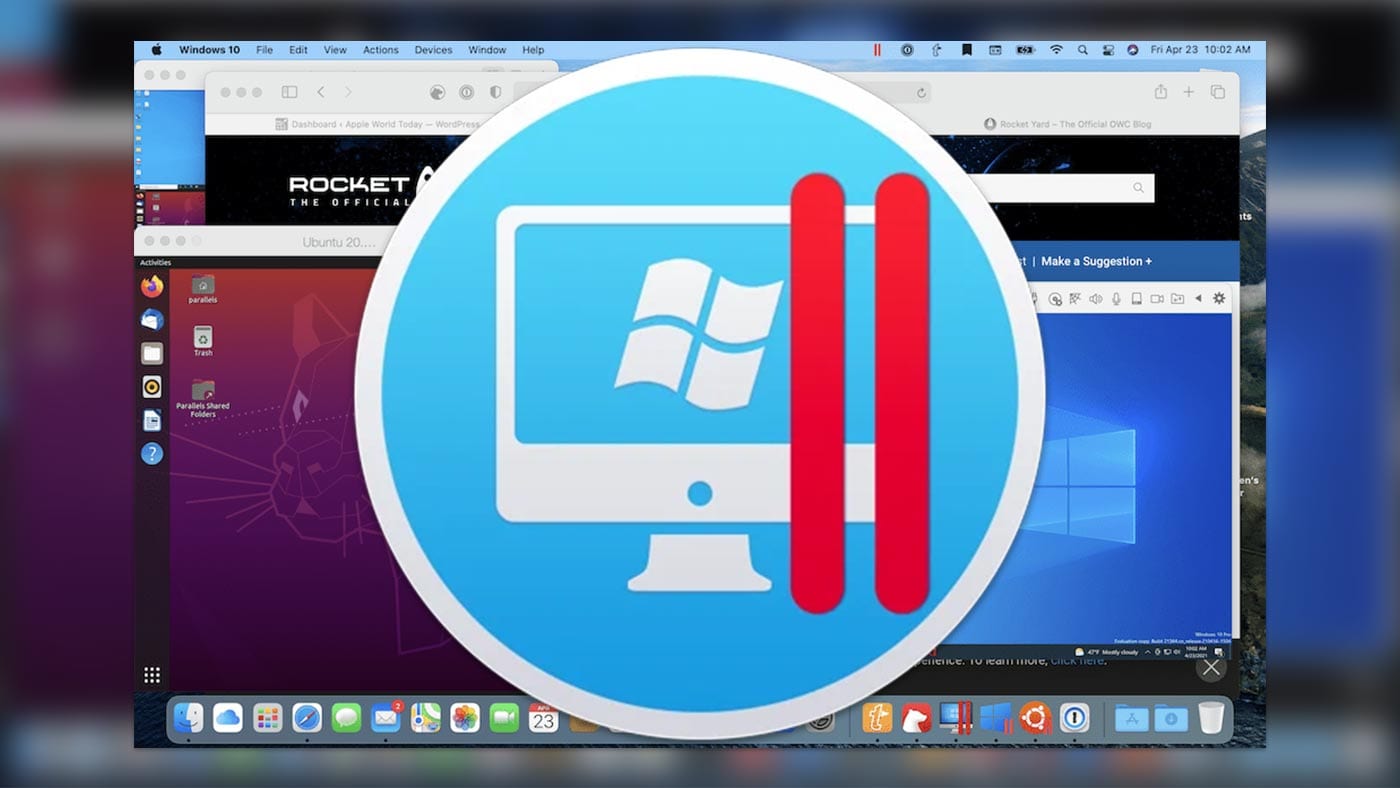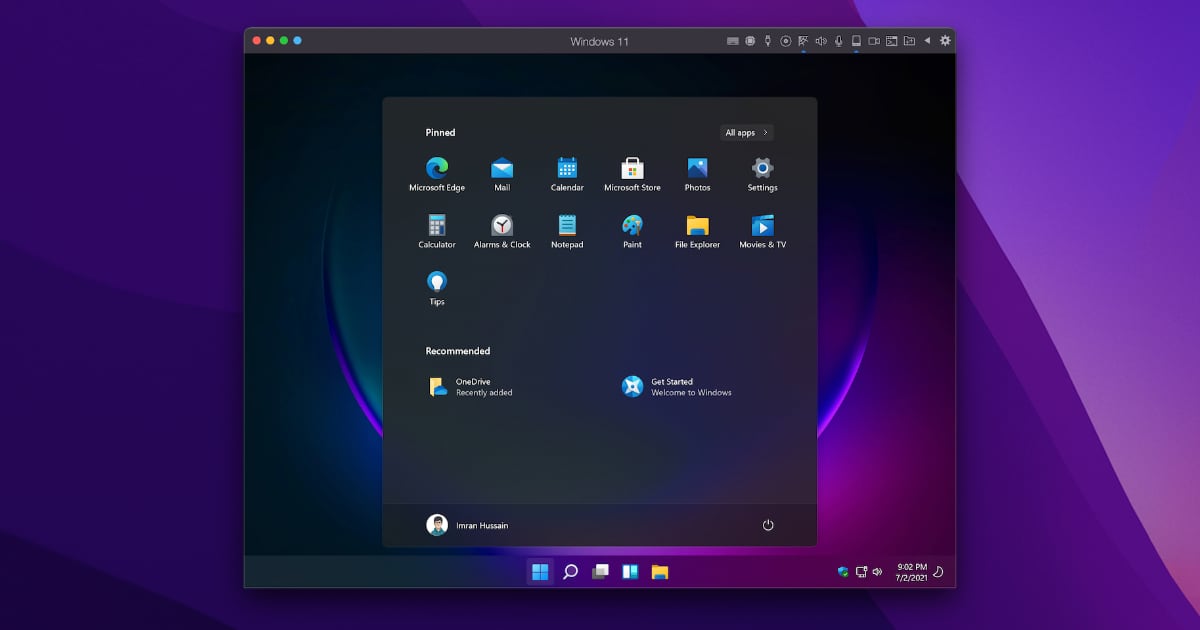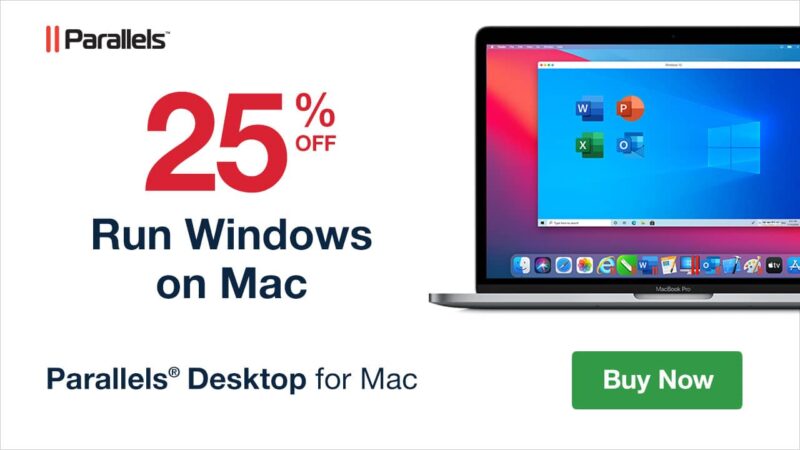

- #Parallels desktop m1 for mac
- #Parallels desktop m1 install
- #Parallels desktop m1 driver
- #Parallels desktop m1 upgrade
“Parallels is excited to see the performance, power efficiency, and virtualization features that are brought to the Mac with the Apple M1 chip. – During the Parallels Tools update, the virtual machine’s screen may freeze for several minutes, please simply wait. – Resolved the issue with not being able to select an ISO image as an installation source when VHDX is specified in the drop-down menu. – Resolved the issue with missing sound when a virtual machine is created from a VHDX image. – Resolved the issue with ARM-based Linux ISO images being recognized as Intel-based ones. – Compatible Linux installation images are now automatically detected in the Installation Assistant. – Support for installing Parallels Tools in the following Linux distributives: Ubuntu 20.04 or later, Debian 10.7 or later, and Fedora Workstation 33-1.2 or later. – Added support for suspending and resuming a virtual machine.
#Parallels desktop m1 for mac
Once M1 users get that version installed using Parallels Desktop 17, they must get past a nasty TPM 2.0 error before upgrading to at least a beta version of Windows 11.The Parallels Desktop 16 for Mac with support for M1 processors now includes : Unfortunately, Microsoft's only offering a free ARM Insider Preview version of Windows 10 Pro. To run any version of Windows through Parallels on an Apple M1 Mac, you need an ARM version of the operating system. Unfortunately, these steps aren't very pretty.
#Parallels desktop m1 install
Starting with Parallels Desktop 17, Parallels Desktop reports to Windows OS that it's running in a virtual environment so that Windows doesn't ask for the presence of a TPM 2.0 chip.įor those with an Apple silicon-based Mac, there are a few more steps to take to install Windows 11 through Parallels Desktop 17. As the company explains:Ī virtual TPM chip isn't required for upgrading to Windows 11. Regardless, Parallels Desktop 17 lets you install Windows 11 through virtualization. The reason? Some Windows 10 computers (even some newer ones) don't come with TPM 2.0 and won't work with Windows 11. When Windows 11 was first announced, this requirement caused much anger in the Windows community. Short for Trusted Transport Module, TPM 2.0 is a hardware security feature found on most Windows-based computers and a requirement for Windows 11. However, upgrading to Windows 11 was a much rockier experience, although this had nothing to do with the virtualization tool and everything to do with Apple silicon.įirst, understand that Parallels Desktop 17 supports virtual versions of Windows 11, even though all the best Macs and older ones don't have TPM 2.0. Installing Parallels Desktop 17 on my MacBook Pro with M1 (and the latest version of macOS Monterey beta) worked very well, as well as adding a fresh virtual copy of Windows 10.
#Parallels desktop m1 upgrade
The result is a PC gaming experience on Mac like no other and reason alone to upgrade to Parallels Desktop 17.
#Parallels desktop m1 driver
There's also a new display driver in place that increases the frame rate. Parallel's improved performance mentioned above means smoother Windows UI and synchronized video playback.

Until now, however, a poor performance made it difficult to do PC gaming through virtual Windows on a Mac. Gaming has always been popular for Windows users.

Finally, it's important to circle back around to the improved gaming performance on Parallels Desktop 17.


 0 kommentar(er)
0 kommentar(er)
